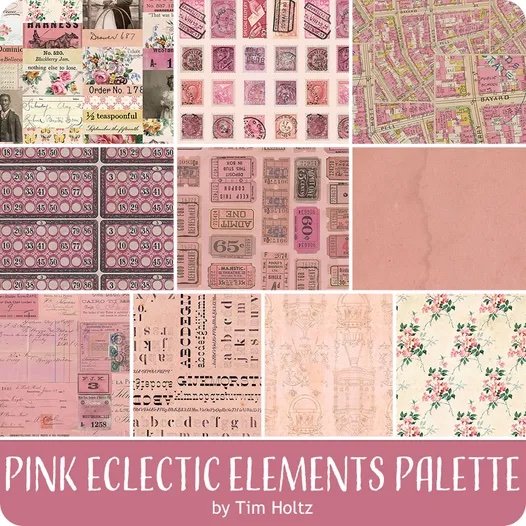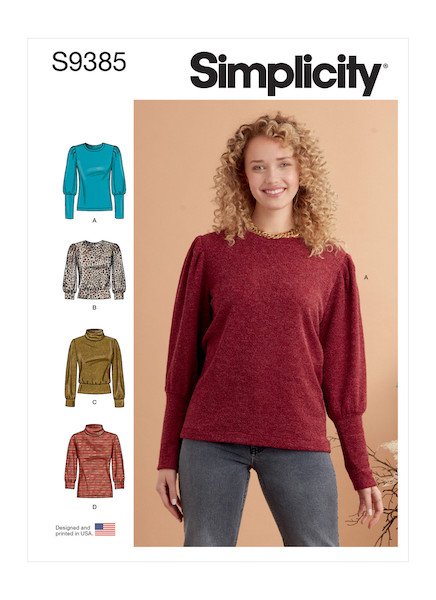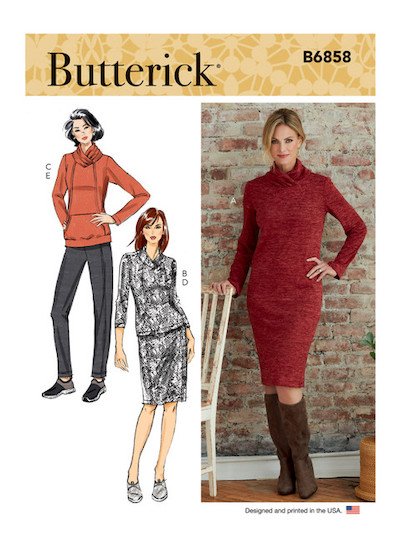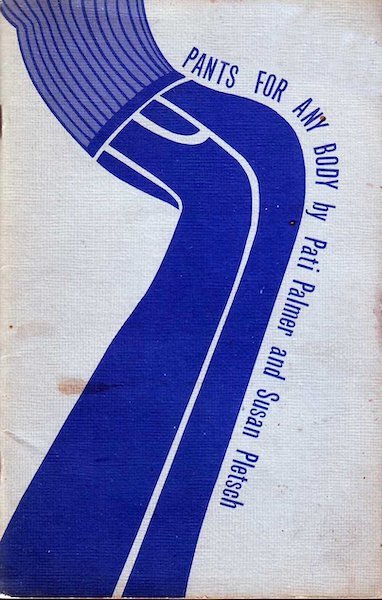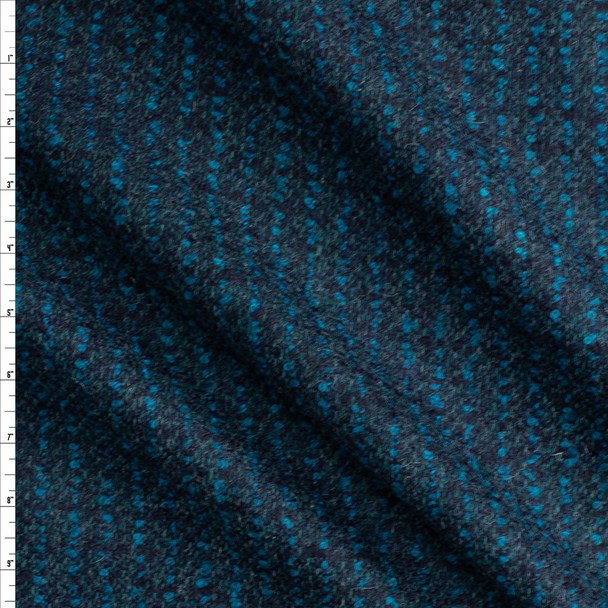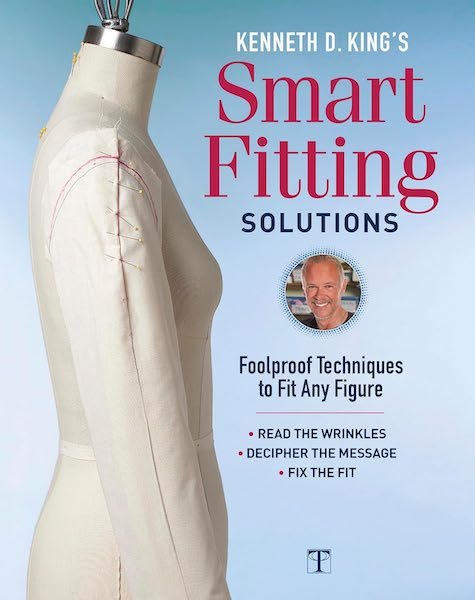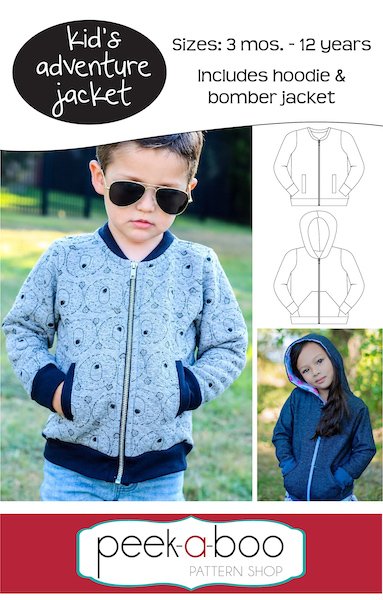Trace, Trace, Trace (And a Junior Rooster)
I do not cut my patterns, I trace them. Tracing allows me to alter as I go along without cutting and taping. Tracing also allows me to use the pattern for more than one size. If you are one of those lucky people for whom a size 12 always fits with no alterations, you should absolutely cut your patterns. I am not one of those people.
I spent yesterday morning catching up on paperwork, of which there was quite a bit after being gone for a week, but I devoted the afternoon to pattern prep. The little boys are getting two more hoodies, because the first ones I made were a bit large. They chose new fabric—with trains this time—and it arrived in the mail on Monday.
[It is Auntie Janet’s prerogative to spoil little boys as much as possible.]
While the fabric was in the wash, I traced the hoodie pattern in two smaller sizes. The husband, who knows me so well, asked me at dinner if I had started making the new hoodies. 😇
I also traced the pattern for the blue quilted jacket. The ribbing I ordered is not quite the correct color, so I won’t be making the bomber jacket version after all unless I order a different color ribbing. However, I think I’ve spent enough on zippers and ribbing thus far and I just need to make the jacket. But goodness, there are a lot of pattern pieces for it. It’s also lined, which I somehow missed on the first reading of the pattern envelope. The finished jacket looks deceptively simple.
I may make a wearable muslin version out of some canvas or denim just to test the fit. I can always use another chore coat. I am a bit concerned about the sizing. Some of these patterns have what seems (to me) to be a ridiculous amount of wearing ease. I don’t need eight inches of ease at the bust in a jacket, even with quilted fabric.
I am trying to keep patterns organized with fabric and notions. After I open a pattern and trace it, everything goes into one of those clear envelopes with the string-and-button closure.
*******
Robin informed me yesterday that Tim Holtz is releasing a fabric collection in a different color every month. (!!!!) I popped over to the Free Spirit Fabrics website for more information. I will have to adjust the budget to account for this, although there are some colors—orange, for example—that I won’t buy.
On the way home from Seattle, I listened to an interview with Anna Maria Parry on the Craft Industry Alliance podcast. Anna Maria Parry—formerly Anna Maria Horner—is currently the head of Anna Maria Textiles, a division of Northcott Fabrics. What I found so fascinating about the interview was when she talked about the acquisition of Free Spirit by Coats, and how Coats was planning to shut it down because a fabric company like Free Spirit didn’t fit into the corporate structure of such a huge conglomerate. Fortunately, Free Spirit was purchased by Jaftex and the label continues. That’s a good thing, because Free Spirit is the label under which Tim Holtz releases his fabric lines.
So much intrigue.
*******
Those two chicks that hatched over the summer turned out to be one pullet and one rooster. Dave is 50% Buff Orpington and 50% New Hampshire Red. The chicks’ mother was a Black Australorp. The baby rooster is quite a stylish little dude:
He is going to need a name soon. I only hope that Dave doesn’t try to kill him. Dave beat up his father pretty badly and murdered one of his brothers. I am hoping that Dave, who will be five years old in the spring, has mellowed a bit. I don’t need the chicken coop to turn into the movie set of Gladiator II.
Ideally, I’d have two roosters calmly sharing the coop until Dave dies of old age and the little one steps up to be the rooster in charge after he graduates from Janet’s Finishing School for Baby Roosters. I’ve had such great roosters that I like to keep their bloodlines going if possible. The little rooster has not started crowing yet, so he may be flying under the radar for now.


